[ad_1]
There’s nothing quite like getting into the zone during a run, and for many of us, the right soundtrack is a requirement. Whether you need classic rock, reggaeton or an immersive audiobook to properly settle into your morning jog, you’ll get the best listening experience with a good pair of wireless headphones for running. But not all wireless workout headphones are created equally, and runners need to consider specific needs before investing in a pair like how long your runs are, what type of music or other audio you prefer listening to and how much you want to block out the world during a session. If you’re just getting into a new running routine and need a pair of headphones that can keep up, or you’re a seasoned pro looking for an upgrade, you’ve come to the right place. We’ve tested more than a dozen Bluetooth headphones for running to come up with our top picks and help you decide which is right for you.
What to look for in running headphones
Design
Before diving in, it’s worth mentioning that this guide focuses on wireless earbuds. While you could wear over-ear or on-ear Bluetooth headphones during a run, most of the best headphones available now do not have the same level of durability. Water and dust resistance, particularly the former, is important for any audio gear you plan on sweating with or taking outdoors, and that’s more prevalent in the wireless earbuds world.
Most earbuds have one of three designs: in-ear, in-ear with hook or open-ear. The first two are the most popular. In-ears are arguably the most common, while those with hooks promise better security and fit since they have an appendage that curls around the top of your ear. Open-ear designs don’t stick into your ear canal, but rather sit just outside of it. This makes it easier to hear the world around you while also listening to audio, and could be more comfortable for those who don’t like the intrusiveness of in-ear buds.
Water resistance and dust protection
Water resistance and dust protection is crucial for running headphones since you’ll likely be sweating while wearing them. Also, if you have the unfortunate luck of getting caught in the rain during a run, at least your gear will survive. Here’s a quick rundown of ingress protection (IP) ratings, which you’ll see attached to many earbuds on the market today. The first digit after the abbreviation rates dust protection on a scale from one to six — the higher, the better. The second digit refers to water- resistance, or waterproofing in some cases, ranked on a scale from one to nine. A letter “X” in either position means the device isn’t rated for the corresponding material.
Check out this guide for an even more detailed breakdown. All of the earbuds we tested for this guide have at least an IPX4 rating (most have even more protection), which means they can withstand sweat and splashes but do not have dust protection.
Active noise cancellation and transparency mode
Active noise cancellation (ANC) is becoming a standard feature on wireless earbuds, at least in those above a certain price. If you’re looking for a pair of buds that can be your workout companion and continue to serve you when you’re off the trail, ANC is good to have. It adds versatility by allowing you to block out the hum of your home or office so you can focus, or give you some solitude during a busy commute on public transit.
But an earbud’s ability to block out the world goes hand in hand with its ability to open things back up should you need it. Many earbuds with ANC support some sort of “transparency mode” or various levels of noise reduction. This is important for running headphones because you don’t want to be totally oblivious to what’s going on around you when you’re exercising outside along busy streets. Lowering noise cancelation levels to increase your awareness will help with that.
Battery life
All of the earbuds we tested have a battery life of six to eight hours. In general, that’s what you can expect from this space, with a few outliers that can get up to 15 hours of life on a charge. Even the low end of the spectrum should be good enough for most runners, but it’ll be handy to keep the buds’ charging case on you if you think you’ll get close to using up all their juice during a single session.
Speaking of, you’ll get an average of 20-28 extra hours of battery out of most charging cases and all of the earbuds we tested had holders that provided at least an extra 15 hours. This will dictate how often you actually have to charge the device — as in physically connect the case with earbuds inside to a charging cable, or set it on a wireless charger to power up.
How we test headphones for running
When testing headphones for running, I wear each contender during as many runs as possible. I typically run three to five days each week, completing at least a 5K (3.01 miles) each time. I’m looking for comfort arguably most of all, because you should never be fussing with your earbuds when you’re on the tread or trail (as a note, I primarily run outside). I’m also paying attention to fit over time, particularly if the earbuds get slippery or loose while I sweat, or if they tend to pop out or feel less stable in my ears as I pick up speed or make quick movements.
I also use the earbuds when not running to take calls and listen to music, podcasts and the like throughout the day. Many people will want just one pair of earbuds that they can use while exercising and just doing everyday things, so I evaluate each pair on their ability to be comfortable and provide a good listening experience in multiple different activities.
While I am also listening for audio quality, I’m admittedly not an expert in this space. My colleague Billy Steele holds that title at Engadget, and you’ll find much more detailed information about sound quality for some of our top picks in his reviews and buying guides. Here, however, I will make note of audio-quality characteristics if they stood out to me (i.e. if a pair of earbuds had noticeably strong bass out of the box, weak highs, etc). Most of the wireless workout headphones we tested work with companion apps that have adjustable EQ settings, so you’re able to tweak sound profiles to your liking in most cases.
Connectivity: Wireless | Style: In-ear with wingtip | Assistant support: Google Assistant, Siri
Read our full review of the Beats Fit Pro
The Beats Fit Pro came out at the head of the pack thanks to their comfortable, secure design, good sound quality and transparency mode and general ease of use, among other things. As Billy detailed in his review, the Fit Pro’s wingtip design sets them apart from other Beats earbuds and makes them particularly good for running and other workouts. The buds are fairly small and light, and the wingtip on each is flexible enough to hug your ear snugly without too much pressure. This helps them feel more secure when you’re moving around a lot, be it during a morning jog or while taking a HIIT class. The buds are also rated IPX4 — not the highest level of protection out of everything I tested, but enough for even my sweatiest sessions.
As it were, the Beats Fit Pro stayed put during every single run and workout. However, adjusting their position on the fly can lead to one of my few gripes: accidental presses of the onboard controls. There were a number of times when I went to move a bud and I ended up pausing my music in the process because the buttons are so easy to trigger. While I do prefer the tactile feedback of a physical button as opposed to the touch controls on other earbuds, Beats should have changed their position on the buds or made them a bit harder to fully engage.
Sound quality is solid and, thanks to its punchy bass and overall balance, is especially suitable for exercising. Spatial audio support is great to have, and while Adaptive EQ means you can’t tweak the EQ yourself like you can with other buds, it does make for consistently good audio quality. It’s also one less thing to play with out of the box, which I expect many people will appreciate; these earbuds are a true unbox-and-go option.
ANC is also great on the Beats Fit Pro, but transparency mode is what really shines. Like I said, full ANC can be dangerous when you’re running outside, whether you’re in the middle of a city or on a trail. It pays to be able to hear what’s going on around you, at least a little bit, and the Fit Pro’s transparency mode was the best out of the earbuds I tried. Similar to Apple’s AirPods Pro, it sounded more natural than on our runner-up pick, and it’s easy to turn on or off either with onboard buttons or from the control panel on your iOS or Android smartphone.
Speaking of, the Beats Fit Pro works particularly well with iPhones thanks to the built-in H1 chip, but Android users can download the companion app to access things like quick pairing, control customizations and a battery status indicator. I didn’t get into detail about the setup process because, well, there isn’t much of one. As soon as you unbox the Fit Pro and open the case, the H1 chip communicates with iPhones and other iOS devices to almost instantly pair the buds and get them ready for use.
I will say, though, that I was surprised by one thing when I unboxed the Fit Pro: how cheap their charging case feels. While it provides an extra 21 hours on top of the buds’ promised six hours of life, the build quality of the case itself feels like a real step down compared to the buds themselves. Some charging cases on much less expensive alternatives felt more substantial than the Beats Fit Pro’s, but I recognize that it won’t deter most people (including me). Aside from that and the touch controls, the Beats Fit Pro offers a complete package for runners and other athletes alike, one that can be used all day, not just during training sessions. Plus, their standard $200 price isn’t too cost-prohibitive, and they can often be found on sale for less.
- Comfortable IPX4 design
- Great sound quality with Adaptive EQ
- Effective ANC and useful transparency mode
- Multipoint connectivity
- Solid battery life
- Onboard controls are easy to accidentally press
- Charging case feels cheap
Connectivity: Wireless | Style: In-ear| Assistant support: Siri, Google Assistant
The Jabra Elite 8 Active almost bested the Beats Fit Pro, but ultimately the latter won thanks to their wingtip design and more natural-sounding transparency mode. But aside from those two things, the Elite 8 Active are just as good, if not better than, the Fit Pro.
First and foremost, the Elite 8 Active has one of the highest durability ratings of any earbuds we tested. Rated IP68, it’s protected against all kinds of dust and debris and it’ll survive being submerged in water at high pressure. Jabra also subjected the Elite 8 Active to military-grade testing, protecting them from excessive humidity, high temperature, rain and altitude. This is more protection than most people need, but it will likely give some people peace of mind to know that these buds can take a beating. For runners, you won’t have to worry if you get caught in a sudden downpour during your final mile.
That extra protection doesn’t make the Elite 8 Active bulky or unattractive as one might assume. These buds are some of the most comfortable I tried, with a lightweight design and a secure fit. The soft-touch finish on the buds themselves and their charging case adds a level of luxury that most others I tested did not have, too. There are onboard controls as well, and they’re not as prone to accidental presses as those on the Beats Fit Pro.
As one of Jabra’s more expensive devices, the Elite 8 Active have a great sound profile out of the box but if you prefer, you can use the company’s app to tweak the EQ using a line graph that spans bass, mid and treble. You can also save customized presets. The app offers six preconfigured settings, and I found myself using Bass Boost and Energize most while exercising (they’re pretty similar with strong bass, but Energize emphasizes highs a bit more). These personalization options will give the Elite 8 Active an edge over the Beats Fit Pro for some. On top of all that, Jabra’s buds support spatial sound with Dolby Audio.
The Elite 8 Active offer adaptive noise cancellation, and they do a good job of analyzing your environment and blocking out interferences. “HearThrough” is Jabra’s version of transparency mode, and it’s useful when running outside in a city or an area with lots of traffic even if it’s not as natural-sounding as the same mode on the Beats Fit Pro. Jabra’s is designed to neutralize wind noise while also letting you stay aware of your surroundings, so you can hear your podcasts no matter how gusty the environment. I ran in some particularly windy weather while testing these out, and I had consistently good listening experiences with both HearThrough and ANC activated.
As for battery life, the Elite 8 Active will get eight hours on a charge with ANC on, and an additional 24 hours in the charging case. You can get up to 56 hours of total use if you’re not using ANC, which is remarkable. The case also feels more substantial than that of the Beats Fit Pro, and you can wirelessly charge it (a feature that’s left out on Beats’ buds).
Ultimately, the Beats Fit Pro and the Jabra Elite 8 Active are neck and neck in our top picks list. But while the Jabras offer a bit more customization and more durability, not everyone will need those bonuses. However, if you’re an athlete who likes to play around with sound profiles or you want some of the most durable wireless earbuds available today, the Jabra Elite 8 Active are the ones to get.
- Comfortable fit
- IP68 water and dust protection
- Spatial sound with Dolby Audio
- Strong ANC
- Multipoint connectivity
- Solid battery life
- HearThrough doesn’t sound as natural as other transparency modes
Connectivity: Wireless | Style: In-ear | Assistant support: Alexa, Siri, Google Assistant
The Jabra Elite 4 Active offer the best value for the money of any pair of earbuds on our list. For $120, you get an IP57-rated design, solid sound quality with adjustable EQ, good ANC, the same HearThrough transparency mode as the Elite 8 Active, app connectivity and a total of 28 hours of battery life. These were some of the easiest buds for me to “pick up and go” with, whether it was for an impromptu walk around the block, a sweaty HIIT session in my basement or an hour of work during which I really needed to block out distractions and get things done.
Like the Elite 8 Active, the Elite 4 Active is super comfortable and Jabra has really gotten the onboard controls right on this series. The buttons are not so easy to press that you accidentally trigger them whenever you adjust the fit, and they provide satisfying feedback when you actually do press them. Sound quality and ANC are impressive, and I basically never had to worry about running out of battery before I thought to myself, hey, you might want to top these up.
The main differences between the Elite 4 Active and the more-expensive Elite 8 Active are that the latter have a higher IP rating, spatial sound support with Dolby Audio, a longer overall battery life (56 hours with the charging case), voice guidance and that satisfying soft-touch finish. The IP rating and extended battery life are the two main features that could compel some to splurge on the Elite 8 Active instead. Also, spatial audio is nice if you have the buds semi-permanently placed in your ears constantly pumping out tunes, regardless of the activity. Otherwise, though, you’re getting a ton of excellent features with these $120 earbuds.
- Great value for the money
- Comfortable IP57-rated design
- Good sound quality and ANC
- Multipoint connectivity
- Good battery life
- No spatial sound with Dolby Audio like the Elite 8 Active has
Connectivity: Wireless | Style: In-ear with hook | Assistant support: None
If you have less than $50 to spend, you can’t go wrong with the $30 JLab Go Air Sport. I didn’t have high expectations going into testing these, but I was quickly impressed by their fit and sound quality. Lots of devices billed as workout-friendly headphones have this hook that wraps around the top of your ear, and on the Go Air Sport it does help keep things securely attached to your head. The hooks on these buds in particular are quite flexible and have a soft-touch finish, which makes them more comfy (I tried a few similarly designed buds with much stiffer hooks that were a pain in more ways than one.) Admittedly, a hook design will take some getting used to if you’re new to it, but it’s a surefire way to get a little extra stability during intense workouts.
Sound quality is pretty good on these buds as well, although not nearly as balanced as the Jabra Elite 8 Active or the Beats Fit Pro. I also appreciate that you can cycle through three different EQ modes — Signature, Balanced and Bass Boost — using the onboard controls. There’s no app to fuss with, and that was a nice change of pace for me after mostly testing buds with some kind of software controls.
You can expect eight hours of playtime on the Go Air Sport, plus another 24 hours of battery life with its charging case. While the USB-A cable built into the bottom of the case is handy, really should be a USB-C connector instead (it’s the year 2024, after all). The case is also on the bulky side; you can still throw it into a backpack or purse easily, but it’s not as svelte as cases you’ll see with more expensive buds.
- Affordable
- Impressive sound quality for the price
- IP55-rated design
- Good battery life
- Built-in USB-A charging cable is a bit outdated
- Large case
- Hook design won’t be for everyone
Connectivity: Wireless | Style: Open-ear | Assistant support: None
I was apprehensive about trying open-ear headphones, especially while running. But the Shokz OpenFit pleasantly surprised me from the first time I put them on. Earbuds with open designs like this allow for more situational awareness, with the goal being to let noise in rather than block it out. The OpenFits do a great job of this without skimping on sound quality or comfort.
The buds themselves almost float over your ear cavern and Shokz’s soft-finish “dolphin arc” hook is flexible enough to securely wrap around the top of your ear without putting too much pressure on it. There’s a bud-like portion at the other end of the hook that acts as counterbalance, resulting in a reliable fit that never faltered during all sorts of activities including running, strength training and indoor cycling. Granted, none of those exercises involve shaking your head too much; maybe don’t wear the OpenFit to listen to head-banging death metal (if you can’t control yourself).
Sound quality is solid considering the design, and the OpenFit gets pretty loud as well. These buds have Shokz’s Direct Pitch technology, which uses reverse sound waves to optimize the distance and angle to your ear canal. The company claims this helps reduce sound leakage. In my testing, I found that true to a certain extent. The OpenFit had the best sound quality and overall volume out of all of the open-ear devices I tried, but if you crank the volume up to the max (or close), the person next to you will definitely hear what you’re listening to.
As I alluded to previously, these aren’t for anyone who wants to block the world out during exercise (or otherwise). But the OpenFit might be the best option for those who live in cities or anyone who constantly runs outside amongst traffic, pedestrians and other hazards. There’s no question that you’ll hear what’s going on around you and that can be crucial to keeping yourself safe on those streets.
- Comfortable open-ear design
- Design allows for more situational awareness
- Good sound quality and volume
- No ANC
- Not as secure when compared to in-ear or hook-toting buds
Others headphones for running we tested
Apple AirPods Pro
The Apple AirPods Pro have an IP54 rating, which protects them from brief encounters with dust and splashes. While that’s more dust protection than many other earbuds we tested, it’s the same level of water-resistance that most exercise-specific competitors have. We generally like the AirPods Pro, but the Beats Fit Pro offer many of the same features and conveniences (namely good transparency mode and the H1 chip), with a design that’s more appropriate for working out.
Beats Powerbeats Pro
The Powerbeats Pro are a good alternative to the Beats Fit Pro if you’re a stickler for a hook design. However, they cost $50 more than the Fit Pro (although they’re often hovering around $180) and don’t offer any significant upgrades or additional features aside from their design. They’re also quite old at this point (having launched in 2019) and it appears Beats is putting more effort into updating its newer models instead.
Anker Soundcore AeroFit Pro
The Soundcore AeroFit Pro is Anker’s version of the Shokz OpenFit, but I found the fit to be less secure and not as comfortable. The actual earbuds on the AeroFit Pro are noticeably bulkier than those on the OpenFit and that caused them to shift and move much more during exercise. They never fell off of my ears completely, but I spent more time adjusting them than I did enjoying them.
JBL Endurance Peak 3
The most noteworthy thing about the Endurance Peak 3 is that they have the same IP68 rating as the Jabra Elite 8 Active, except they only cost $100. But, while you get the same protection here, you’ll have to sacrifice in other areas. The Endurance Peak 3 didn’t blow me away when it came to sound quality or comfort (its hook is more rigid than those on my favorite similarly designed buds) and their charging case is massive compared to most competitors.
[ad_2]
Source Article Link


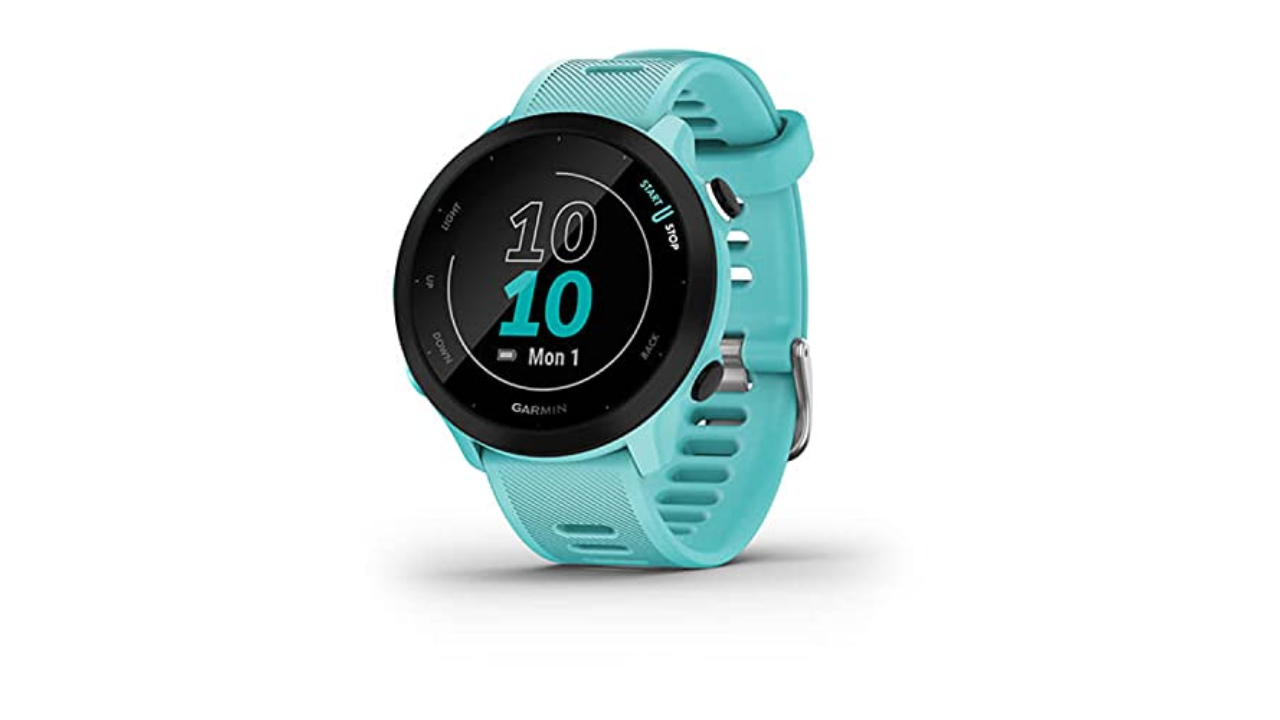
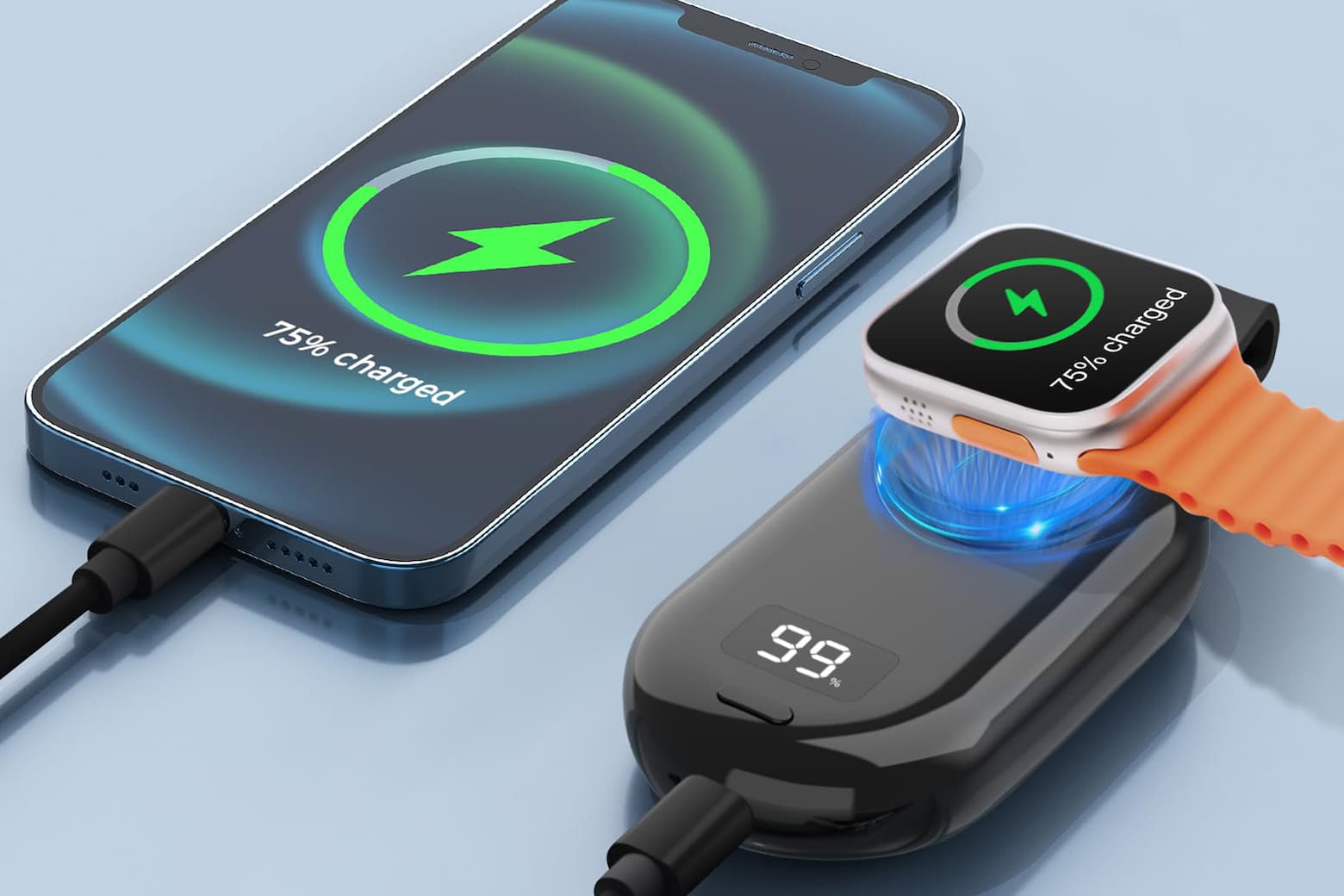








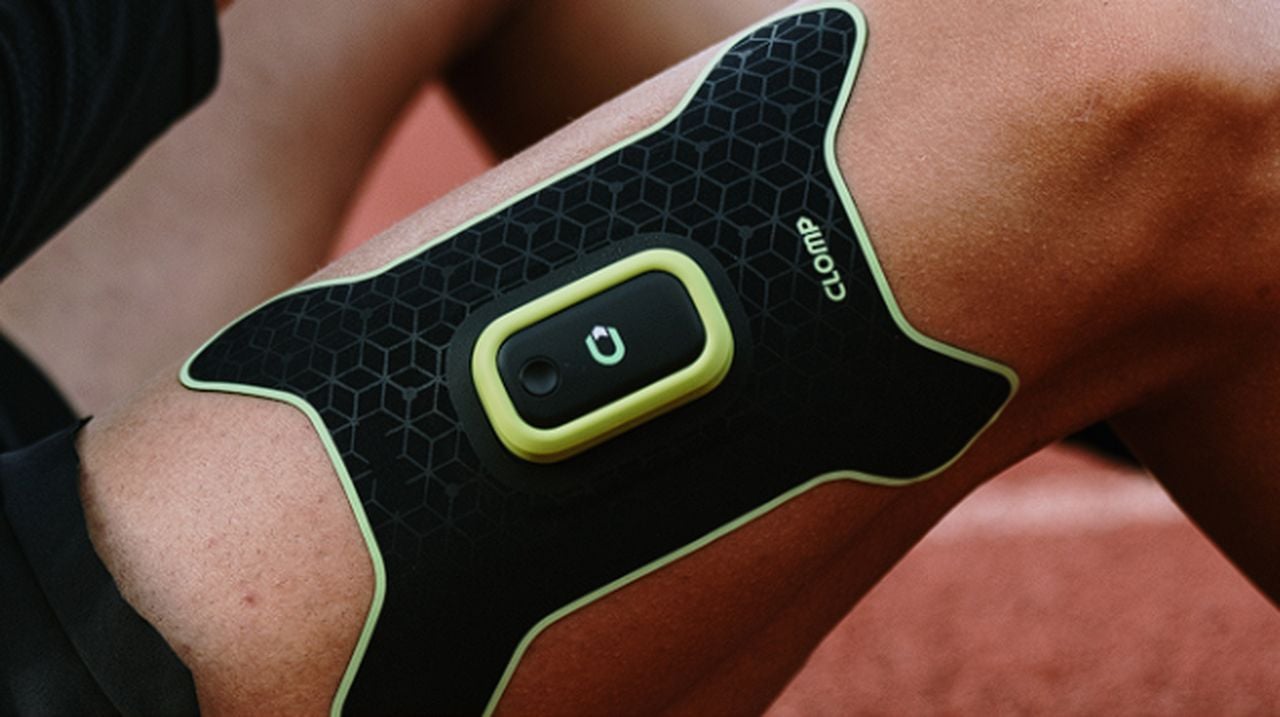
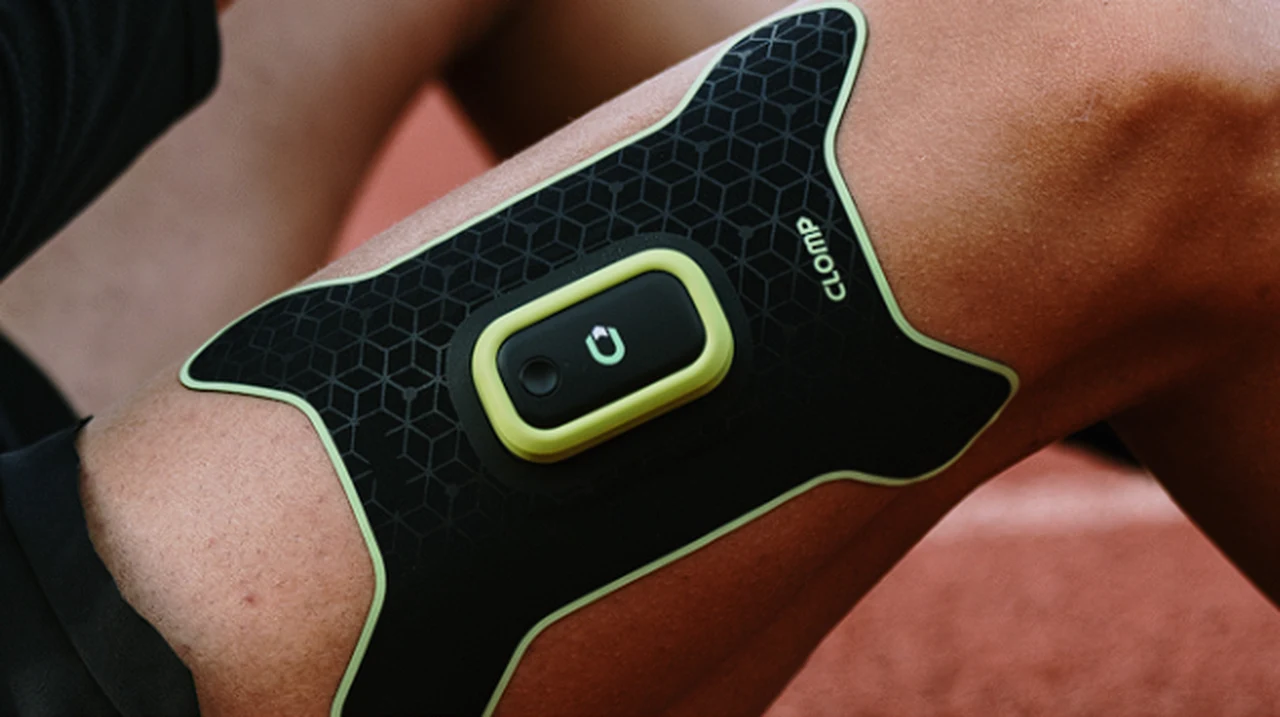
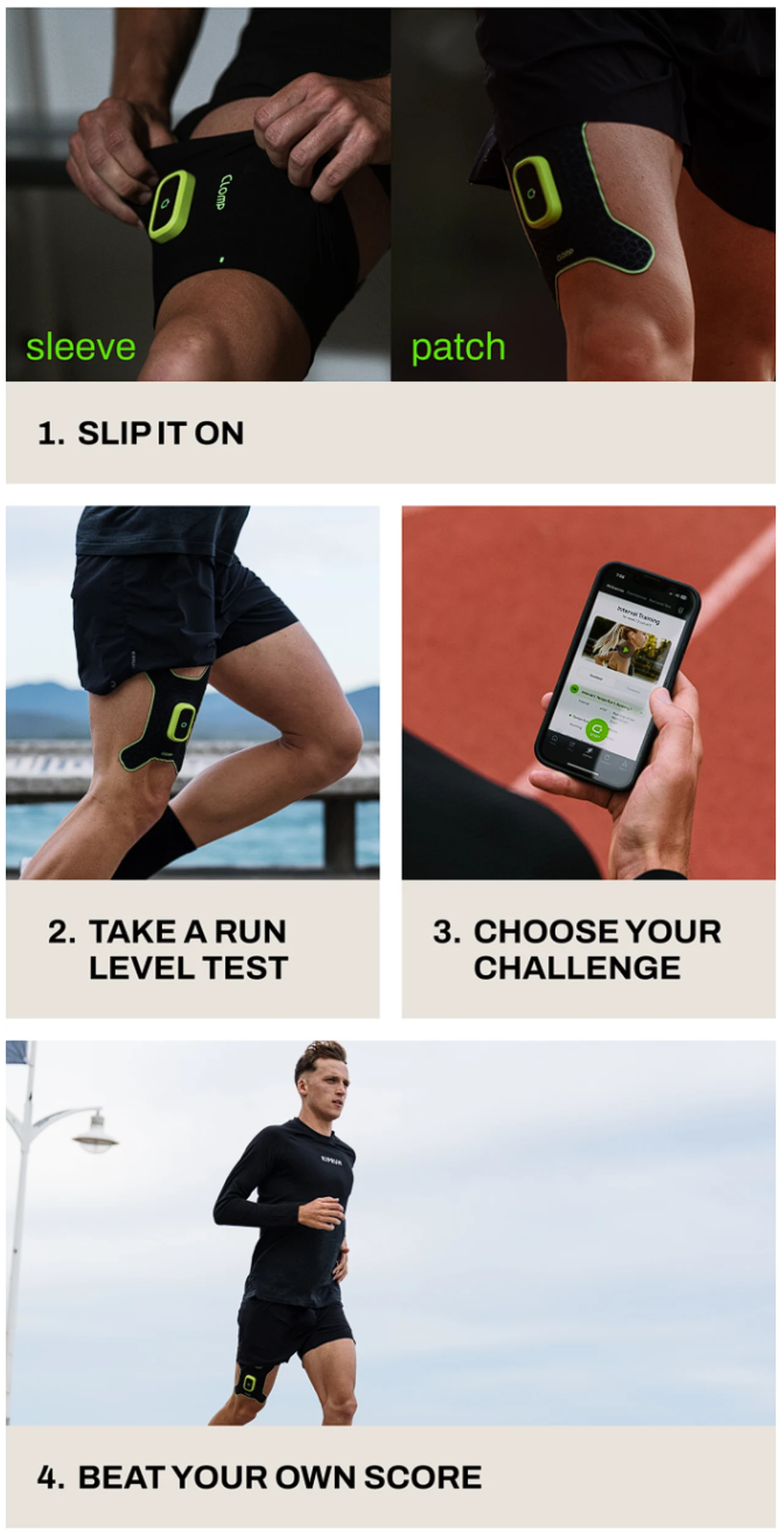

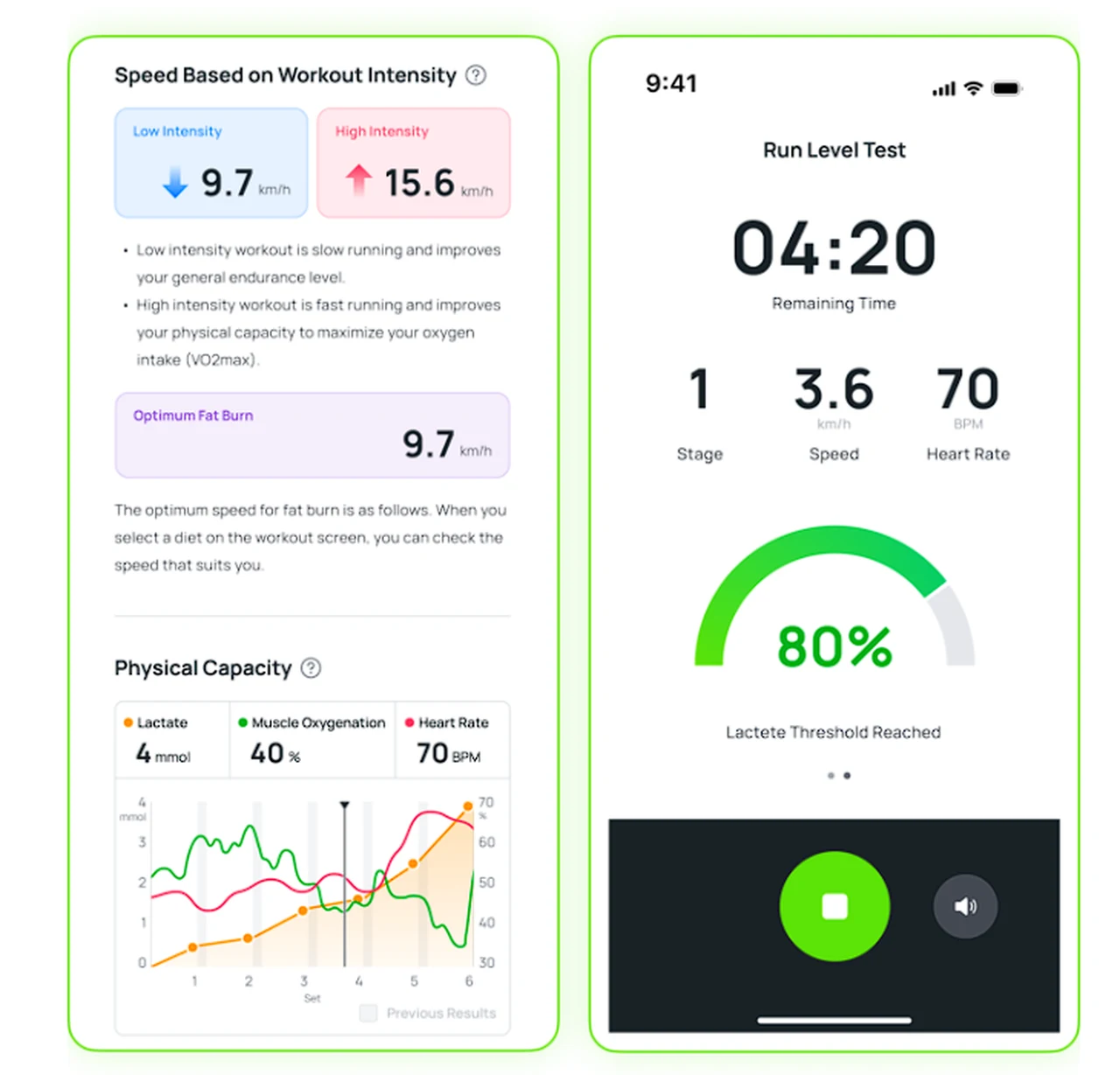


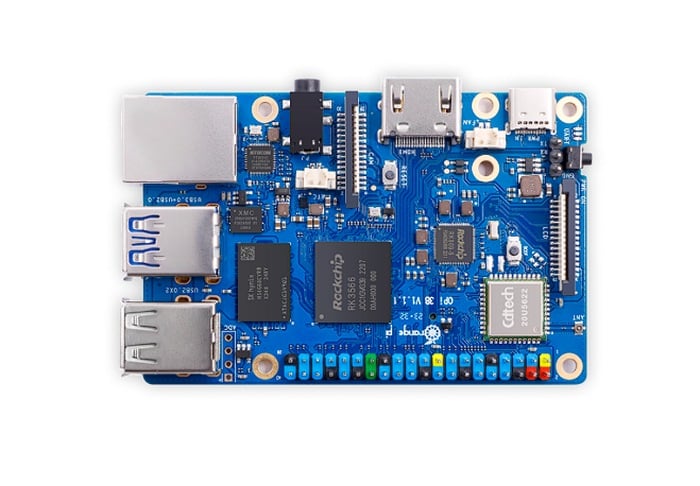
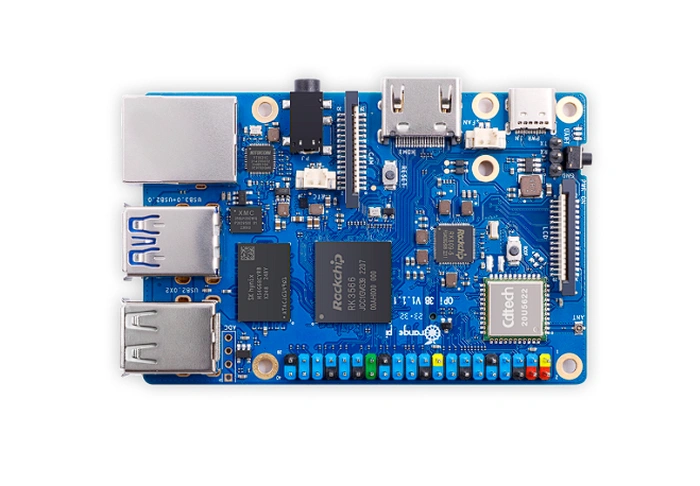 The last week or so the official Raspberry Pi development team rolled out a new version of its Raspberry Pi OS operating system now featuring Debian Bookworm. The update is an incremental update from the previous Debian Bullseye release but marks a significant milestone in the evolution of the Raspberry Pi ecosystem, introducing major architectural changes that promise to enhance performance, security, and user experience. However if you have a Orange Pi Zero 3 mini PC you might be interested to know that you can run the older Raspberry Pi OS Bullseye operating system on it with success.
The last week or so the official Raspberry Pi development team rolled out a new version of its Raspberry Pi OS operating system now featuring Debian Bookworm. The update is an incremental update from the previous Debian Bullseye release but marks a significant milestone in the evolution of the Raspberry Pi ecosystem, introducing major architectural changes that promise to enhance performance, security, and user experience. However if you have a Orange Pi Zero 3 mini PC you might be interested to know that you can run the older Raspberry Pi OS Bullseye operating system on it with success.